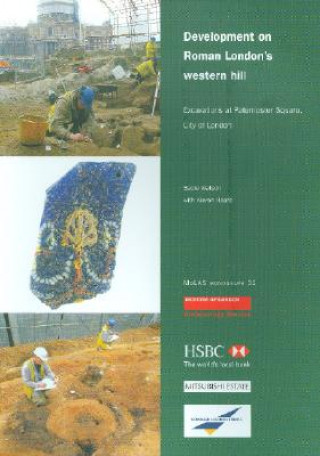
Kód: 05021801
Development on Roman London's Western Hill
Autor Sadie Watson, Kieron Heard
Redevelopment of Paternoster Square in 2000-2001 provided the opportunity to reassess 1960s work at the site and review Roman activity on the western hill, south of the main east-west road from London to Silchester. Natural stream ... celý popis
- Jazyk:
 Angličtina
Angličtina - Vazba: Brožovaná
- Počet stran: 132
Nakladatelství: Museum of London Archaeology, 2007
- Více informací o knize

512 Kč
Dostupnost:
50 % šance Máme informaci, že by titul mohl být dostupný. Na základě vaší objednávky se ho pokusíme do 6 týdnů zajistit.
Máme informaci, že by titul mohl být dostupný. Na základě vaší objednávky se ho pokusíme do 6 týdnů zajistit.Prohledáme celý svět
Mohlo by se vám také líbit
-
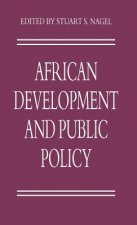
African Development and Public Policy
5060 Kč -

Catholic Literature and Secularisation in France and England, 1880-1914
3119 Kč -

Arthur Szyk
1901 Kč -
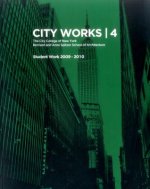
City Works 4
998 Kč -

Activated Carbon
9722 Kč -

Behandlung ausgewahlter derivativer Finanzinstrumente und mezzaniner Finanzierungsformen nach HGB, im Steuerrecht und nach IFRS
2112 Kč
Darujte tuto knihu ještě dnes
- Objednejte knihu a zvolte Zaslat jako dárek.
- Obratem obdržíte darovací poukaz na knihu, který můžete ihned předat obdarovanému.
- Knihu zašleme na adresu obdarovaného, o nic se nestaráte.
Informovat o naskladnění knihy
Zadejte do formuláře e-mailovou adresu a jakmile knihu naskladníme, zašleme vám o tom zprávu. Pohlídáme vše za vás.
Více informací o knize Development on Roman London's Western Hill
Nákupem získáte 51 bodů
 Anotace knihy
Anotace knihy
Redevelopment of Paternoster Square in 2000-2001 provided the opportunity to reassess 1960s work at the site and review Roman activity on the western hill, south of the main east-west road from London to Silchester. Natural stream channels recorded at Paternoster and nearby sites drained south-westwards towards the Fleet river, rather than to the Thames as had been previously thought. The earliest Roman activity was associated with the c.AD 50 establishment of the main road, contemporary quarries and boundary ditches. One ditch contained two young male inhumation burials and a dog skeleton. Rudimentary buildings south of the road may have been briefly used during initial construction activity. Clay and timber strip buildings along the south side of the main road, and secondary roads leading southwards, date to the pre-Boudican period. The roads and roadside properties were re-established after the Boudican fire. Late 1st-century buildings included residential, commercial and small-scale industrial activities. Two 2nd-century kilns may be associated with brass making and include a crucible. Glassworking debris and furnace material was probably redeposited from nearby. Post-Hadrianic occupation included substantial buildings with tessellated floors and painted plaster walls set back from the roads. Activity declined in the later Roman period and five 4th-century burials cut into a disused secondary road. The southwest part of the site was largely external, with evidence for animal husbandry and bread wheat preparation, rare within Roman contexts. The large assembly of pre-Boudican pottery and other finds from the site includes Lyon ware and types of hinged brooches often associated with the military. A copper-alloy name-tag identified an auxiliary soldier, probably from the lower Rhineland or Cologne, and the early animal bone assemblage was made up of high status kitchen waste of the sort produced by army supply trains, but the overall evidence could indicate a civil context which includes some military involvement.
 Parametry knihy
Parametry knihy
Zařazení knihy Knihy v angličtině Humanities Archaeology Archaeology by period / region
512 Kč
- Plný název: Development on Roman London's Western Hill
- Podnázev: Excavations at Paternoster Square, City of London
- Autor: Sadie Watson, Kieron Heard
- Jazyk:
 Angličtina
Angličtina - Vazba: Brožovaná
- Počet stran: 132
- EAN: 9781901992663
- ISBN: 1901992667
- ID: 05021801
- Nakladatelství: Museum of London Archaeology
- Hmotnost: 560 g
- Rozměry: 294 × 211 × 10 mm
- Datum vydání: 30. October 2007
Oblíbené z jiného soudku
-
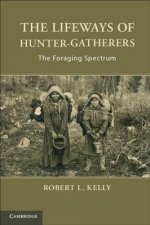
Lifeways of Hunter-Gatherers
855 Kč -

Lost Technologies of Ancient Egypt
550 Kč -

Magicians of the Gods
378 Kč -

Egyptian Hieroglyphs for Complete Beginners
343 Kč -

Horse, the Wheel, and Language
776 Kč -

War before Civilization
689 Kč -
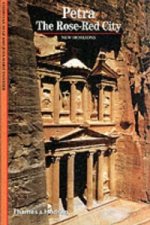
Petra
222 Kč -

Cat in Ancient Egypt
302 Kč -

Complete Pompeii
543 Kč -
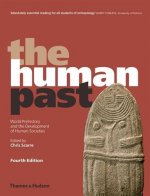
Human Past
1657 Kč -

Scenes from Prehistoric Life
677 Kč -

Across Atlantic Ice
1076 Kč -

Book of Enoch
1096 Kč -

Timewalkers
507 Kč -

Creating the Human Past
1076 Kč -
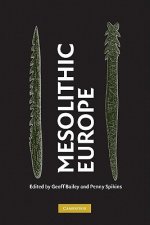
Mesolithic Europe
3414 Kč -
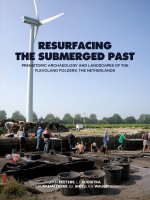
Resurfacing the Submerged Past
1840 Kč -

American Beginnings
2119 Kč -
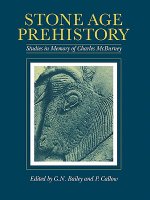
Stone Age Prehistory
806 Kč -

Her Cup for Sweet Cacao
1666 Kč -

Lindow Man
443 Kč -
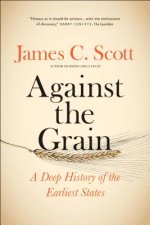
Against the Grain
476 Kč -

Dress Accessories, c. 1150- c. 1450
898 Kč -
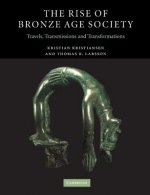
Rise of Bronze Age Society
2003 Kč -

Lewis Chessmen: Unmasked
247 Kč -
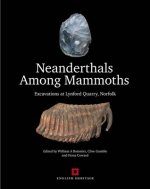
Neanderthals Among Mammoths
4988 Kč -

Biblical Archaeology: A Very Short Introduction
249 Kč -
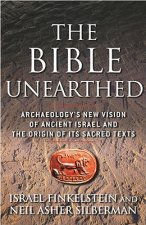
Bible Unearthed
423 Kč -

Seismosaurus
2755 Kč -
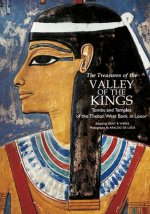
Treasures of the Valley of the Kings
725 Kč -

Divine Creatures
655 Kč -

Tutankhamun
810 Kč -

Hieroglyphics
738 Kč -
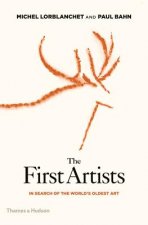
First Artists
542 Kč -

In Search of the Indo-Europeans
851 Kč -
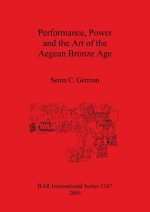
Performance Power and the Art of the Aegean Bronze Age
1451 Kč -

Tasting the Past
673 Kč -

Classical Archaeology 2e
1076 Kč -

Upper Pleistocene Prehistory of Western Eurasia
2192 Kč -

Humans at the End of the Ice Age
5060 Kč -

Medieval European Coinage: Volume 14, South Italy, Sicily, Sardinia
2184 Kč -
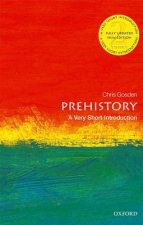
Prehistory: A Very Short Introduction
273 Kč -
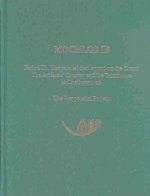
Mochlos IB
3149 Kč -

Salt in Prehistoric Europe
929 Kč -

Prehistoric Rock Art
835 Kč -
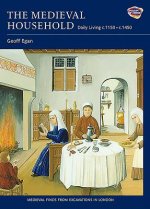
Medieval Household
1423 Kč -
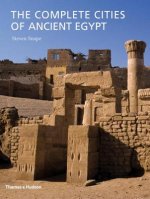
Complete Cities of Ancient Egypt
763 Kč -
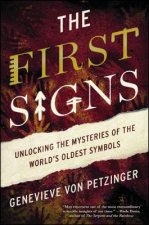
First Signs
329 Kč -
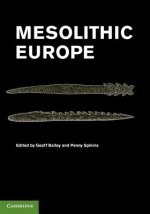
Mesolithic Europe
1783 Kč
Osobní odběr Praha, Brno a 12903 dalších
Copyright ©2008-24 nejlevnejsi-knihy.cz Všechna práva vyhrazenaSoukromíCookies


 Vrácení do měsíce
Vrácení do měsíce 571 999 099 (8-15.30h)
571 999 099 (8-15.30h)